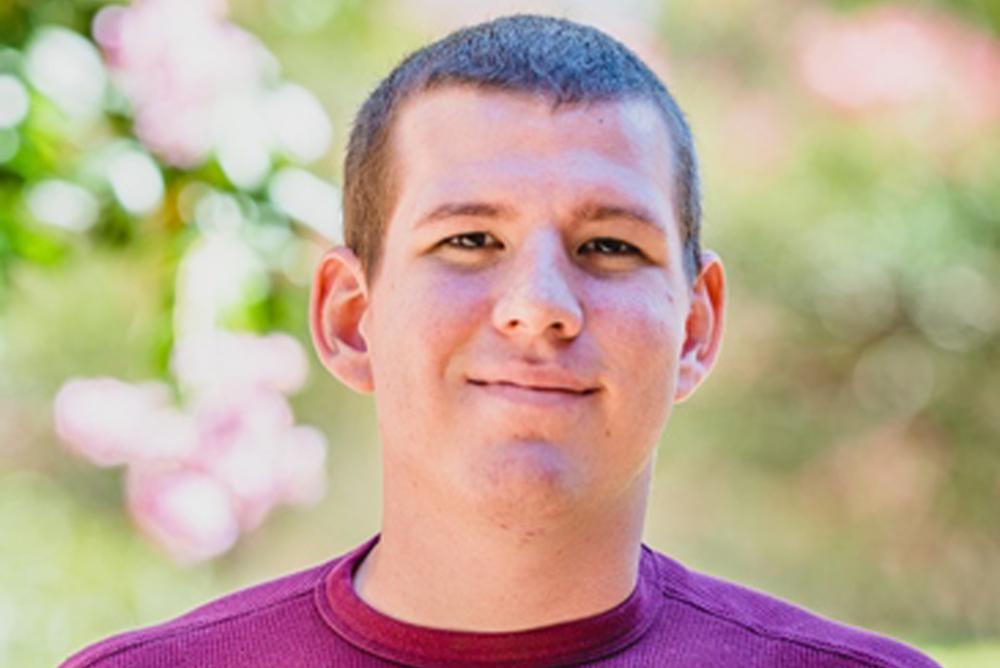Physics Events
[PAST EVENT] Andrew Dallas Hurley: Physics Dissertation Defense

Andrew Dallas Hurley , Final Oral Examination for the Ph.D. Degree, Title: "Partial Wave Analysis of Strange Mesons Decaying to K+?+?- in the Reaction ?p ? K+?+?- ?(1520) and the Commissioning of the GlueX DIRC Detector"
Abstract: Hadron spectroscopy is a cornerstone of our understanding of the strong nuclear interactions. Studying the hadron spectrum led to the postulation of quarks and gluons, and the development of Quantum Chromodynamics (QCD), the theory of the strong nuclear force. Today hadron spectroscopy provides an important test of QCD, particularly in the non-perturbative energy regime. One such test is the existence of hybrid hadrons that have gluonic degrees of freedom, e.g. q q-bar g states, that are allowed by QCD but have remained elusive in experimental searches. The GlueX experiment located at Thomas Jefferson National Accelerator Facility, is designed to map the light meson spectrum, including hybrid mesons, produced by a linearly polarized photon beam that is scattered off of a liquid hydrogen target. This dissertation concerns the installation and commissioning of the GlueX DIRC upgrade and the analysis of three reactions measured by the GlueX experiment.
The GlueX DIRC is a particle identification detector installed as an upgrade to the GlueX experiment in 2019 to improve the experiment's ability to distinguish pions and kaons. The DIRC uses Cherenkov photons radiated by charged particles that travel faster than the speed of light in the detector medium to determine the velocity of said particles. The velocity measurement is used in conjunction with momentum measurements from other detectors to determine the mass of the particle. The DIRC will be essential to the future of strange meson spectroscopy in GlueX.
The reactions ?p ? K+K-?+?-p, ?p ? K+K-?0?0p, and ?p ? K+K-?0?p were initially chosen for this analysis to search for the hybrid meson candidate ?(2170) and related resonances. The ?(2170) has been observed in e+e- collider experiments to ultimately decay to K+K-?+?- and K+K-?0?0, among other final states. It has not been observed in any other process and was not observed in photoproduction in this analysis. The reaction ?p ? K+?+?-?(1520), a subset of the ?p ? K+K-?+?-p reaction, was analyzed with a Partial Wave Analysis (PWA) in order to study strange mesons that decay to K+?+?-.
Bio: Andrew grew up in the greater Atlanta, Georgia area and later Saint Augustine, Florida. While attending classes at Daytona State College, he became interested in pursuing a career in physics and soon after transferred to Florida State University. Andrew graduated from Florida State University in the Spring of 2016 with a B.S. in Physics with honors. Andrew enrolled in the physics PhD program at William & Mary in Fall 2016 and has since been working on the GlueX experiment with Professor Justin Stevens studying hadron spectroscopy.
